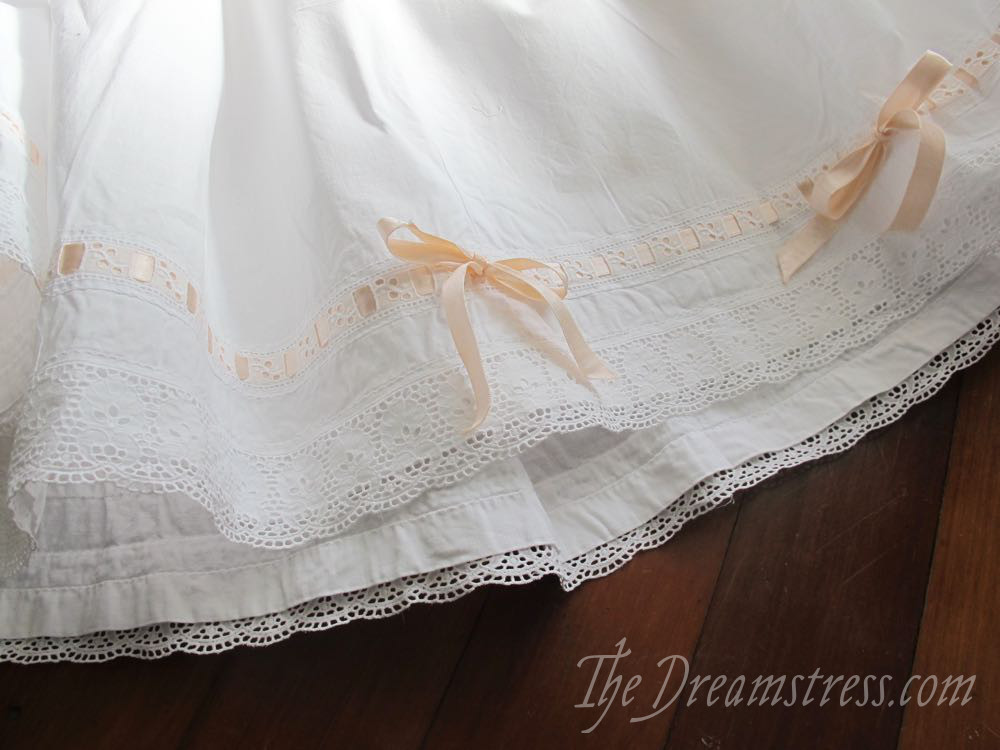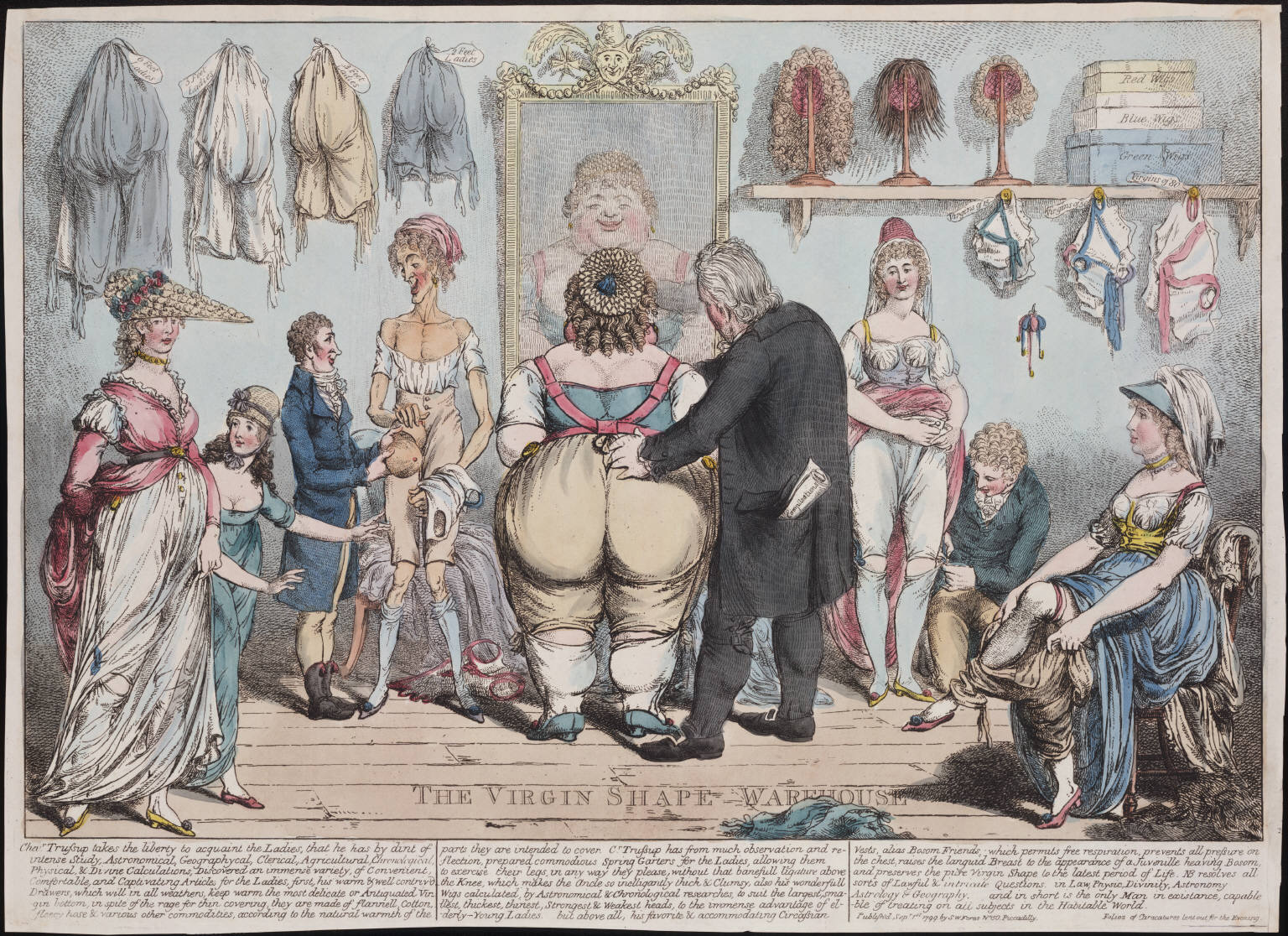The super-full 1916 petticoat: or, the wonder & magic of starch
Remember my cheater 1916 petticoat? I’m sure a lot of you looked at it and thought: “It’s so limp!” And “There is no way that is going to support a skirt as big as her inspiration image!” Behold the wonders of starch: The photograph above was taken after I starched my 1916 petticoat, let it sit around the house for a week in the Wellington damp, handled it a lot threading the ribbon through, shoved it in a suitcase, took it to LA, wore it, let it live in the hot humidity there* for 10 days, shoved it in a suitcase again, let it sit in damp, cold, humid Wellington for another 10 days, and then pressed and photographed it.** Plus, at some point in this process Felicity managed to conscript it as a bed for a luxurious nap… And it’s still poofy! A reminder of how poofy my 1916 ‘Gather Ye Rosebuds’ dress was on the night: So much poof! So how did I do it? Lots & lots of starch! How to …


